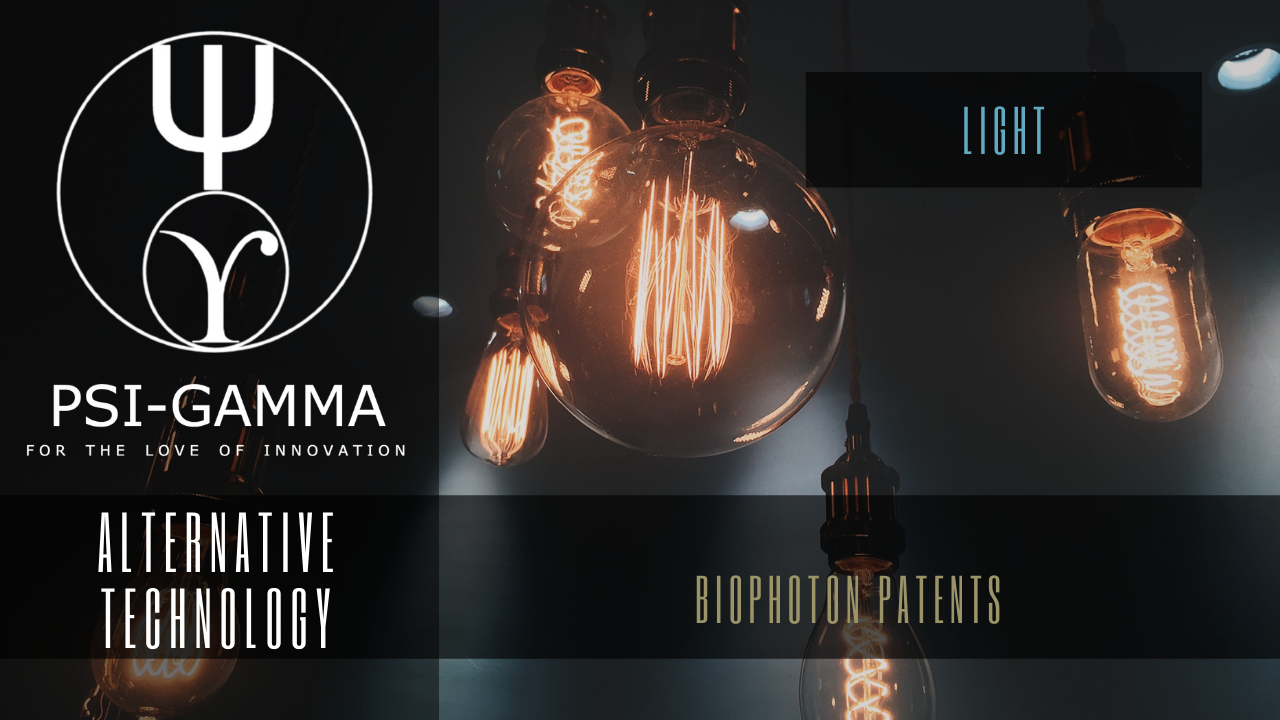
Cell to cell communication by biophotons has been demonstrated in plants, bacteria, animal neutrophil granulocytes and kidney cells. Whether such signal communication exists in neural cells is unclear. By developing a new biophoton detection method, called in situ biophoton autography (IBA), we have investigated biophotonic activities in rat spinal nerve roots in vitro. We found that different spectral light stimulation (infrared, red, yellow, blue, green and white) at one end of the spinal sensory or motor nerve roots resulted in a significant increase in the biophotonic activity at the other end. Such effects could be significantly inhibited by procaine (a regional anaesthetic for neural conduction block) or classic metabolic inhibitors, suggesting that light stimulation can generate biophotons that conduct along the neural fibers, probably as neural communication signals. The mechanism of biophotonic conduction along neural fibers may be mediated by protein-protein biophotonic interactions. This study may provide a better understanding of the fundamental mechanisms of neural communication, the functions of the nervous system, such as vision, learning and memory, as well as the mechanisms of human neurological diseases.
Coherence is a property of the description of the system in the classical framework in which the subunits of a system act in a cooperative manner. Coherence becomes classical if the agent causing cooperation is discernible otherwise it is quantum coherence. Both stimulated and spontaneous biophoton signals show properties that can be attributed to the cooperative actions of many photon-emitting units. But the agents responsible for the cooperative actions of units have not been discovered so far. The stimulated signal decays with non-exponential character. It is system and situation specific and sensitive to many physiological and environmental factors. Its measurable holistic parameters are strength, shape, relative strengths of spectral components, and excitation curve. The spontaneous signal is non-decaying with the probabilities of detecting various number of photons to be neither normal nor Poisson. The detected probabilities in a signal of Parmelia tinctorum match with probabilities expected in a squeezed state of photons. It is speculated that an in vivo nucleic acid molecule is an assembly of intermittent quantum patches that emit biophoton in quantum transitions. The distributions of quantum patches and their lifetimes determine the holistic features of biophoton signals, so that the coherence of biophotons is merely a manifestation of the coherence of living systems.

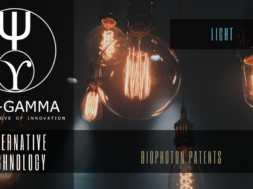
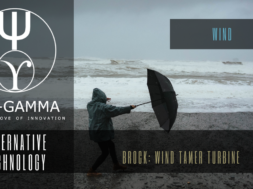
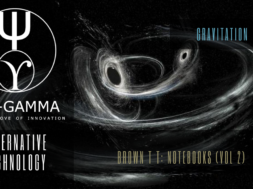
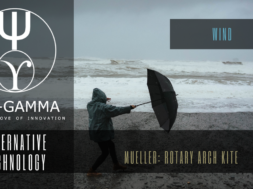


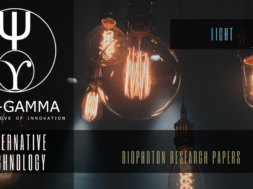
Этот обзорный материал предоставляет информационно насыщенные данные, касающиеся актуальных тем. Мы стремимся сделать информацию доступной и структурированной, чтобы читатели могли легко ориентироваться в наших выводах. Познайте новое с нашим обзором!
Получить больше информации – https://quick-vyvod-iz-zapoya-1.ru/
Thanks for sharing. I read many of your blog posts, cool, your blog is very good. https://www.binance.info/sl/register?ref=I3OM7SCZ